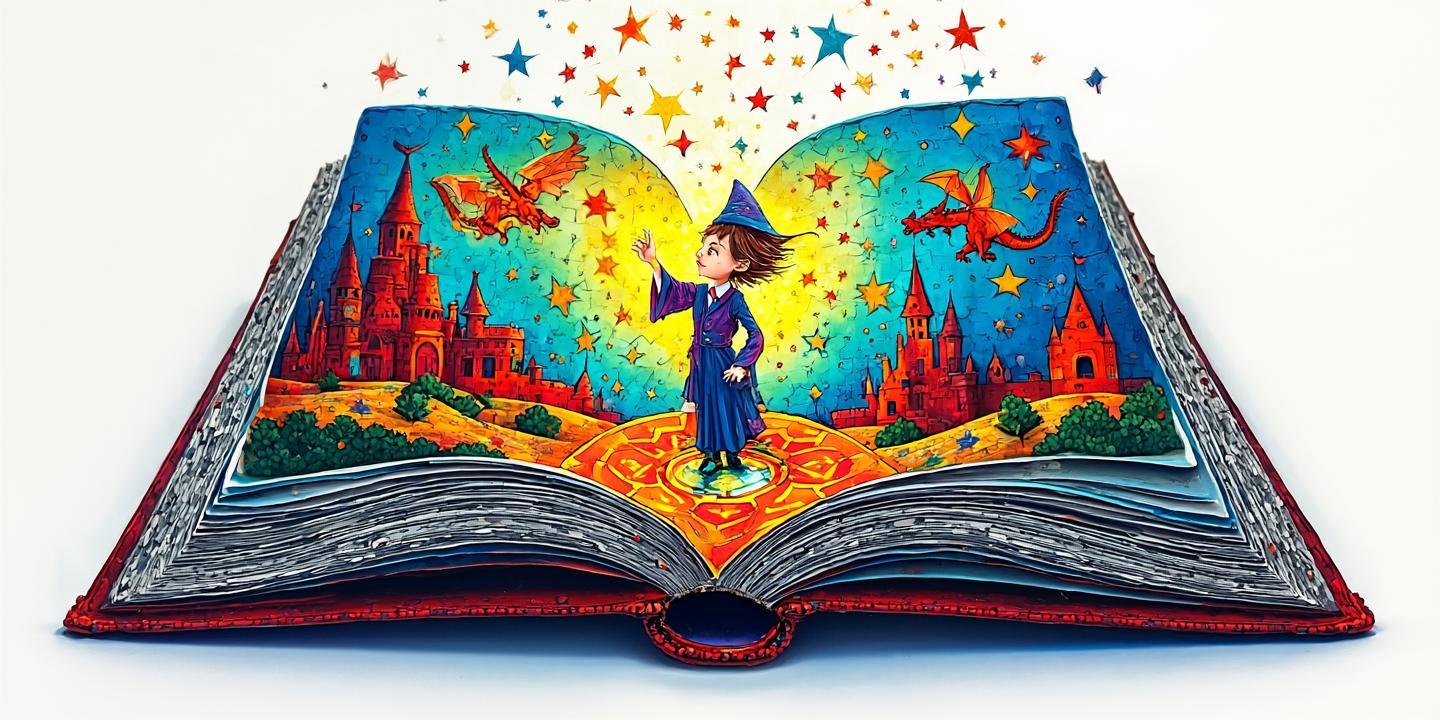发布时间2025-06-02 13:08

Imagine a world where a single image can tell a thousand stories, evoke deep emotions, and inspire endless creativity. That’s the power of visual communication. When someone says, “Please look at the picture and describe,” they’re inviting you to explore not just what’s visible, but also the hidden layers of meaning, context, and interpretation. This phrase is more than a simple request—it’s a gateway to understanding, connection, and discovery.
In this article, we’ll delve into the art of describing pictures, exploring why it’s such a valuable skill, how to approach it effectively, and the role it plays in various aspects of life—from education to professional communication. Whether you’re a student, a creative professional, or simply someone who loves engaging with visuals, this guide will help you unlock the full potential of visual storytelling.
Visual content is everywhere. From social media posts to marketing campaigns, images dominate our daily lives. But simply looking at a picture isn’t enough—describing it transforms passive viewing into active engagement. Here’s why this skill is so important:
Describing a picture isn’t just about listing what you see. It’s about creating a narrative that captures the essence of the image. Here’s a step-by-step guide to help you master this skill:
Start by taking a moment to study the picture in detail. Pay attention to the subjects, setting, colors, and any unique elements. Ask yourself:
Understanding the context of an image is crucial. Is it a photograph, a painting, or a digital illustration? Is it part of a larger series or a standalone piece? Knowing the background can help you provide a more accurate and meaningful description.
A well-structured description flows naturally and is easy to follow. Here’s a simple framework:
The words you choose can make your description come alive. Incorporate vivid adjectives, metaphors, and similes to paint a clear picture in the reader’s mind. For example, instead of saying “The sky is blue,” you could say “The sky is a brilliant azure, dotted with fluffy white clouds.”
Go beyond the surface by offering your interpretation of the image. What do you think the artist or photographer is trying to convey? Are there any symbolic elements or hidden meanings? This adds depth to your description and sparks thoughtful discussion.
The ability to describe pictures isn’t just an academic exercise—it has real-world applications across various fields:
In classrooms, teachers often use visuals to enhance learning. Students who can describe pictures effectively are better equipped to understand and retain information. For example, describing a historical photograph can bring the past to life, making it more relatable and memorable.
In the world of marketing, visuals are a powerful tool for capturing attention and conveying messages. Professionals who can describe images in compelling ways are invaluable for creating engaging campaigns, writing product descriptions, and crafting social media content.
For artists and designers, describing their work is essential for communicating their vision to clients, audiences, and collaborators. It also helps them reflect on their creative process and refine their ideas.
Describing pictures plays a vital role in making visual content accessible to individuals with visual impairments. Detailed descriptions, known as alt text, ensure that everyone can enjoy and understand the imagery.
Here are some practical tips to help you become a pro at describing pictures:
Advancements in technology have transformed the way we interact with images. AI-powered tools can now generate descriptions of pictures, making it easier for businesses and individuals to create accessible content. However, while technology can assist, it can’t replace the human touch. A well-crafted description requires empathy, creativity, and a deep understanding of context—qualities that only humans possess.
Describing pictures is an art form that bridges the gap between visuals and words. It’s a skill that enhances communication, fosters creativity, and enriches our understanding of the world around us. So the next time someone says, “Please look at the picture and describe,” embrace the opportunity to explore, interpret, and share your unique perspective. Whether you’re describing a masterpiece in a museum or a snapshot on social media, remember that every image has a story waiting to be told.
猜你喜欢:不及物动词举例
更多少儿英语